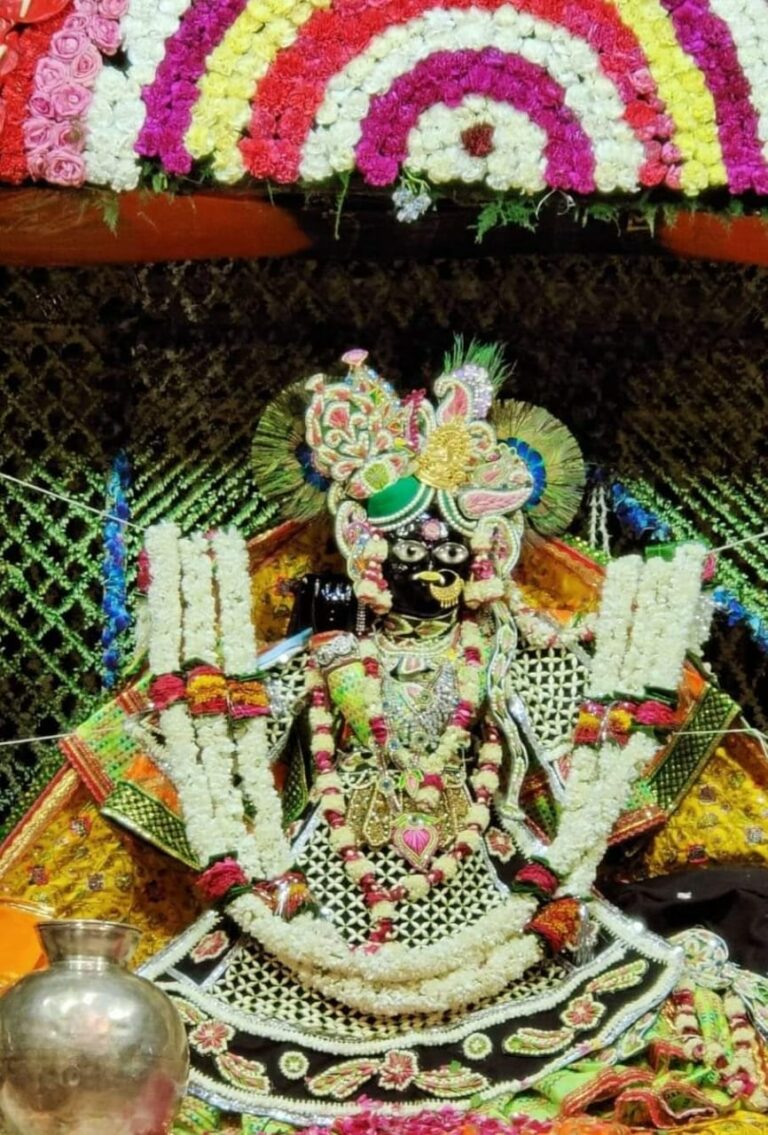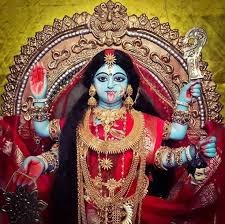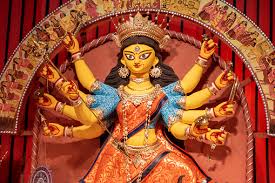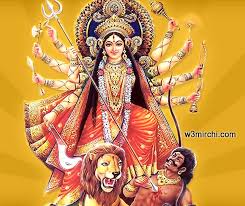यह एक उपछाया चंद्र ग्रहण होगा। इस ग्रहण का सूतक काल मान्य नहीं होगा। वैशाख माह की पूर्णिमा तिथि पर लगने वाले इस चंद्र ग्रहण पर 130 वर्षों बाद दुर्लभ संयोग बनेगा, दरअसल 130 साल बाद बुद्ध पूर्णिमा और चंद्र ग्रहण दोनों का संयोग बन रहा है।
सूर्य ग्रहण के बाद साल का पहला चंद्र ग्रहण वैशाख माह की पूर्णिमा तिथि को लगने जा रहा है। साल का यह पहला चंद्र ग्रहण 5 मई को लगेगा। आपको बता दें कि 15 दिनों के अंतराल पर यह साल 2023 का दूसरा ग्रहण होगा। इसके पहले 20 अप्रैल को साल का पहला सूर्य ग्रहण लगा था। इस ग्रहण को भारत में नहीं देखा जा सका था। अब बुद्ध पूर्णिमा के दिन साल का पहला चंद्रग्रहण लगेगा। यह ग्रहण एक उपच्छाया चंद्र ग्रहण होगा। जिसमें चांद की सतह पर धूल भरी आंधी के रूप में नजर आएगा। आइए जानते हैं साल के पहले चंद्र ग्रहण का समय, सूतककाल और इसे कहां-कहां पर देखा जा सकेगा।
भारत में क्या दिखेगा चंद्र ग्रहण?
भारत में क्या दिखेगा चंद्र ग्रहण?
खगोल विज्ञानियों के अनुसार साल का पहला चंद्र ग्रहण यूरोप, एशिया के ज्यादातर हिस्से, ऑस्ट्रेलिया, अफ्रीका, प्रशांत,अटलांटिक,अंटार्कटिका और हिंद महासागर में दिखाई देगा। जहां तक भारत में इस चंद्र ग्रहण के दिखाई देने का मामला है तो ज्यादातर खगोल शास्त्र के जानकारों और हिंदू पंचांग की गणनाओं के आधार पर यह चंद्र ग्रहण भारत में नहीं दिखाई देगा। लेकिन टाइम एंड डेट डॉट काम के अनुसार भारत के कुछ हिस्सों में इस चंद्र ग्रहण को देखा जा सकता है।
कब से शुरू होगा चंद्र ग्रहण?
साल का पहला चंद्र ग्रहण भारतीय समय के अनुसार 5 मई को रात 8 बजकर 44 मिनट से शुरू हो जाएगा। जो आधी रात को यानी 1 बजकर 1 मिनट तक चलेगा। ग्रहण का उच्चतम काल रात 10 बजकर 52 मिनट पर होगा।
यह एक उपच्छाया चंद्र ग्रहण होगा
साल का पहला चंद्र ग्रहण उपच्छाया चंद्र ग्रहण होगा। खगोल विज्ञान के अनुसार जब सूर्य और चंद्रमा के बीच पृथ्वी आ जाती है तो तब ये तीनों एक सीधी लाइन में कुछ देर के लिए आ जाते हैं। इस घटना को ही चंद्र ग्रहण कहते हैं। जब पृथ्वी की परछाई सीधी चंद्रमा पर न पड़े तो इसे उपच्छाया चंद्र ग्रहण कहते हैं।
भारत में सूतक काल मान्य हो कि नहीं?
धार्मिक नजरिए से जब भी उपच्छाया चंद्रग्रहण लगता है तो इसको ग्रहण की श्रेणी में नहीं रखा जाता है ऐसे में इस चंद्र ग्रहण का सूतक काल मान्य नहीं होगा। आपको बता दें कि सूर्य ग्रहण के होने पर ग्रहण शुरू होने से 12 घंटे पहले सूतक काल आरंभ हो जाता है जबकि चंद्र ग्रहण होने पर 9 घंटे पहले सूतक शुरू हो जाता है। सूतक काल में किसी भी तरह का शुभ काम और पूजा-पाठ नहीं किया जाता है। सूतक की समाप्ति के बाद ही सभी तरह के धार्मिक कार्य दोबारा से शुरू होते हैं।
This will be a penumbral lunar eclipse. The Sutak period of this eclipse will not be valid. A rare coincidence will happen after 130 years on this lunar eclipse which occurs on the full moon date of Vaishakh month, in fact after 130 years both Buddha Purnima and lunar eclipse are becoming a coincidence.
After the solar eclipse, the first lunar eclipse of the year is going to happen on the full moon date of Vaishakh month. This first lunar eclipse of the year will take place on 5 May. Let us tell you that this will be the second eclipse of the year 2023 at an interval of 15 days. Earlier on April 20, the first solar eclipse of the year took place. This eclipse could not be seen in India. Now the first lunar eclipse of the year will take place on the day of Buddha Purnima. This eclipse will be a penumbral lunar eclipse. In which it will be seen as a dust storm on the surface of the moon. Let us know the time of the first lunar eclipse of the year, Sutak period and where it can be seen.
How will the lunar eclipse be visible in India?
How will the lunar eclipse be visible in India?
According to astronomers, the first lunar eclipse of the year will be visible in Europe, most parts of Asia, Australia, Africa, Pacific, Atlantic, Antarctica and the Indian Ocean. As far as the visibility of this lunar eclipse in India is concerned, based on the calculations of most of the astronomers and Hindu Panchang, this lunar eclipse will not be visible in India. But according to time and date.com, this lunar eclipse can be seen in some parts of India.
When will the lunar eclipse start?
According to Indian time, the first lunar eclipse of the year will begin on May 5 at 8.44 pm. Which will last till midnight i.e. 1:01. The highest period of eclipse will be at 10.52 pm.
it will be a penumbral lunar eclipse
The first lunar eclipse of the year will be a penumbral lunar eclipse. According to astronomy, when the Earth comes between the Sun and the Moon, then all three come in a straight line for some time. This phenomenon is called lunar eclipse. When the shadow of the Earth does not fall directly on the Moon, it is called a penumbral lunar eclipse.
Is Sutak period valid in India or not?
From the religious point of view, whenever there is a penumbral lunar eclipse, then it is not kept in the category of eclipse, in this case the sutak period of this lunar eclipse will not be valid. Let us tell you that on the occurrence of a solar eclipse, the Sutak period begins 12 hours before the eclipse begins, whereas on the occurrence of a lunar eclipse, the Sutak period begins 9 hours before. No auspicious work and worship is done during Sutak period. Only after the end of Sutak, all religious activities start again.
















